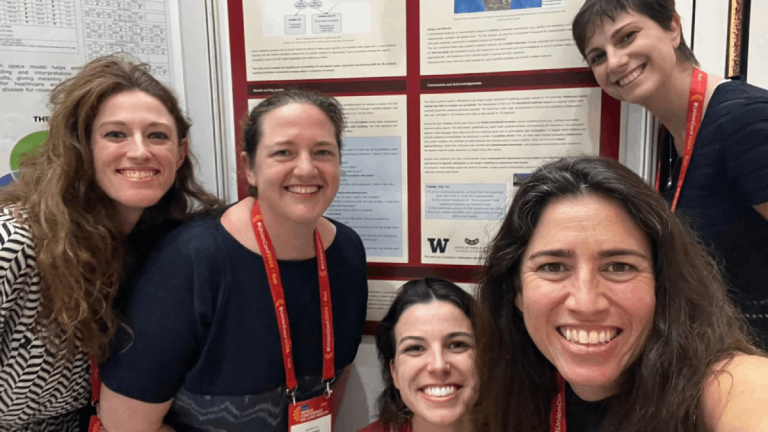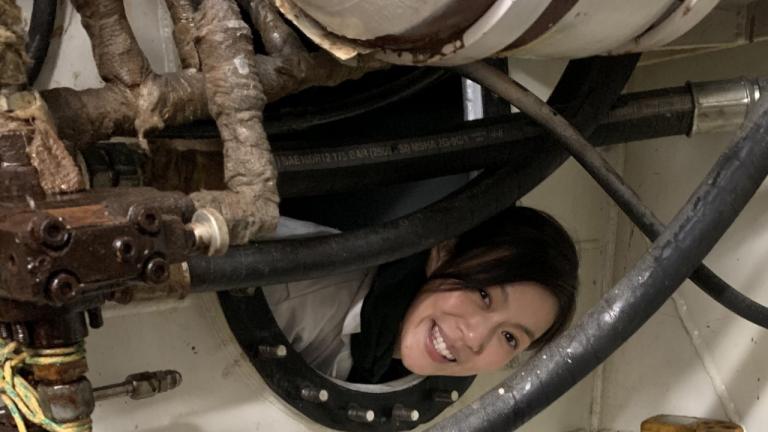Barbara Morrissey
Barbara Morrissey

MS (Thesis), Environmental Toxicology (Tox)
by Kathy Hall
Education
- BA, Human Biology, Stanford University, 1985
- MS, Environmental Toxicology, University of Washington, 1991
Career Path
- Pesticide illness investigator, toxicologist, and state and federal policy work, Washington State Department of Health, Olympia
- Chair, Children’s Health Protection Advisory Committee, US Environmental Protection Agency
Barbara Fitzgerald Morrissey’s first job after graduate school took her to Olympia to investigate pesticide-related
illnesses for the Washington State Department of Health (DOH).
Two decades later, she is still at DOH, helping translate science into policy.
She began her career investigating pesticide-related illness and conducting occupational safety training for pesticide workers. Over the years, she has worked on state policies to reduce recurring health issues from pesticide exposure. For example, she used Washington surveillance data to advocate for better labels on household bug bombs, safety restrictions on agricultural fumigants, and safer approaches to controlling pests at schools.
In 2009, she moved into a new position focused on children’s health risks associated with emerging chemicals. She was the lead toxicologist on a five-year biomonitoring project to collect data on environmental chemicals in Washington residents. She also helped DOH and the Washington State Department of Ecology (ECY) prioritize harmful chemicals in children’s products for a 2008 state law that requires manufactures to disclose these chemicals in their products.
Morrissey’s current focus is on chemicals in consumer products that are winding up in people’s bodies. She and her team are identifying flame retardants of concern to children’s health and supporting policy solutions to mitigate risks. She is also collaborating with ECY to develop a statewide action plan on perfluorinated alkyl chemicals, which are common in waterproof clothing, stain-proof carpets, and grease-proof food packaging. She continues to work on children’s environmental health policies at the federal level and chairs the US Environmental Protection Agency’s Children’s Health Protection Advisory Committee.
To become effective voices for future public health efforts, she encourages students to develop strong analytical and communication skills and learn to handle big data and translate health research for decision makers.


